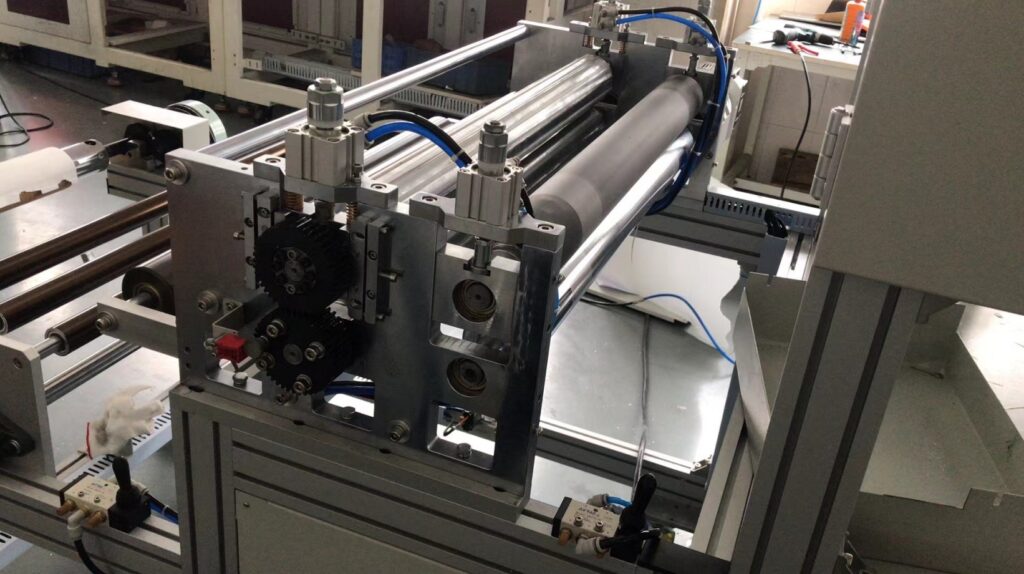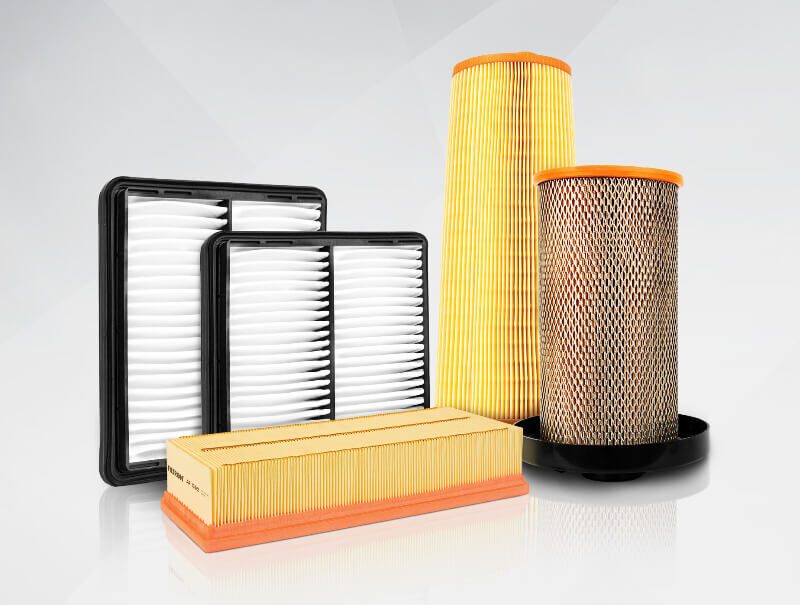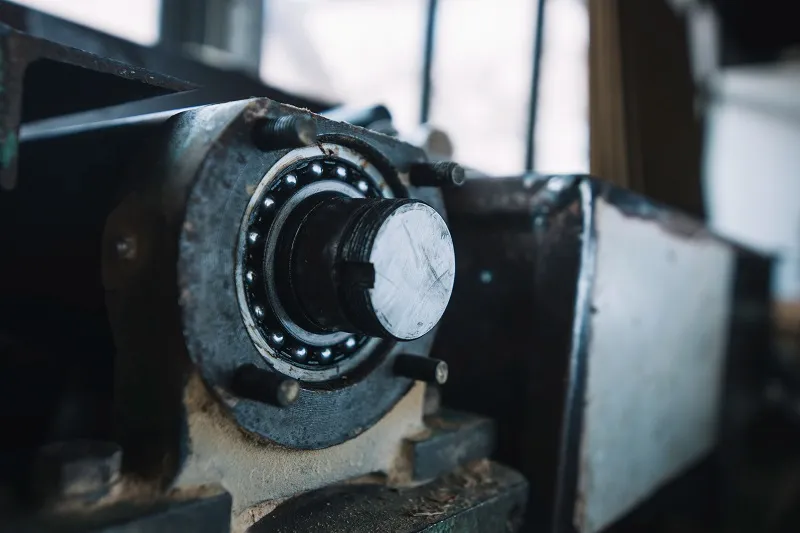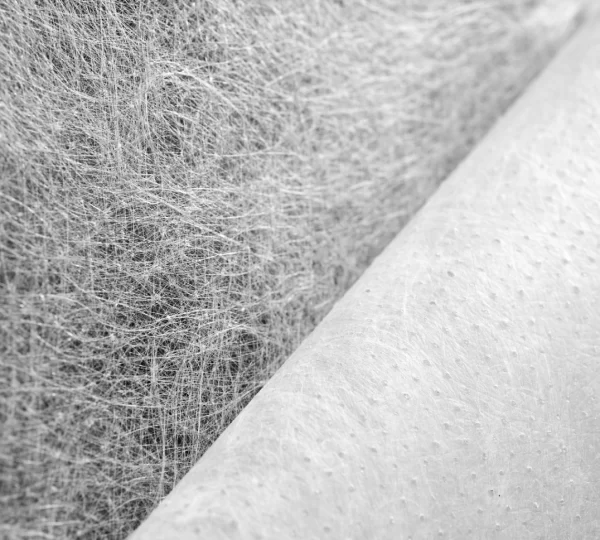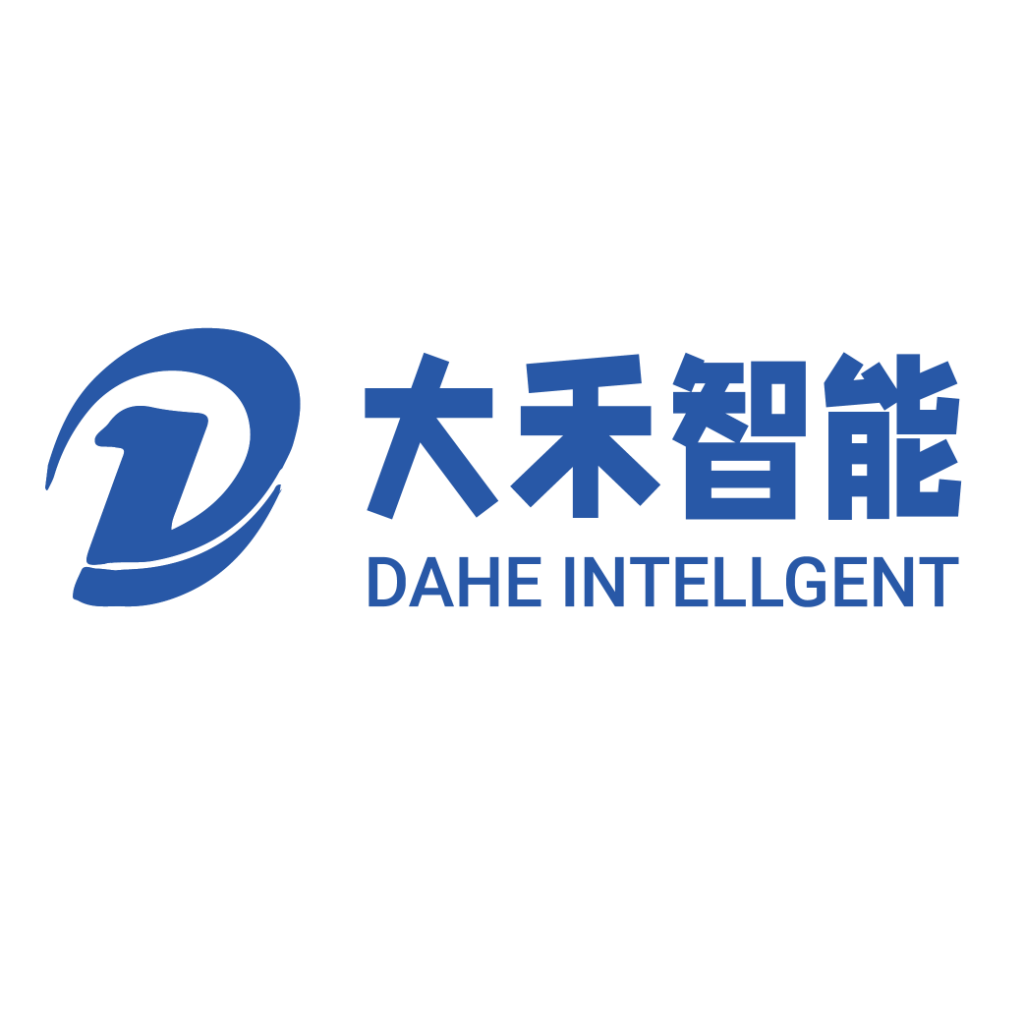Paper pleating machine driven by traditional cam or crank mechanisms can accomplish basic pleating. Still, when extreme precision and repeatability are required, most filter manufacturers choose servo-driven paper pleating machines. By utilizing servo motors and advanced motion control, these machines provide greater precision in pleat pitch, depth, and angle, critical parameters directly impacting filter performance and life. This article will share why servo-driven paper pleating machines are the best choice for precision pleating and how servo-driven systems can increase productivity, reduce waste, and provide consistent results.
Paper Pleating Machine: Improving Motion Control Precision with Servo Drives
The heart of the paper pleating machines lies in their ability to form uniform pleats at precise intervals. Traditional mechanical drives rely on gears and linkages, often subject to backlash and accumulated tolerance errors that become more apparent over long production runs. In contrast, servo-driven paper pleating machines utilize high-resolution encoders and closed-loop feedback to control pleat pitch and depth with micron-level accuracy. Each servo motor directly controls the motion of the pleating blade and feed mechanism, ensuring that each pleat is precisely where it was designed.
The pleating machine can be mass-produced by programming the servo drive with the desired pleating parameters to consistently replicate complex pleat profiles. In addition, adaptive compensation algorithms in the servo controller can adjust for subtle changes in material thickness or feed tension, maintaining pleat uniformity even as production conditions change.
Programmable flexibility to enable a wide range of filter types
One of the most compelling advantages of the servo-driven paper pleating machine is its programmable flexibility. Rather than being constrained by fixed cam profiles, operators can adjust pleat spacing, depth, and number in real-time via a touchscreen HMI or remote PC interface. In addition, the servo-driven pleating machine’s functionality allows for rapid switching between product lines, making it ideal for manufacturers that need to process frequent orders for various filter element types.
With servo-driven control, operators can create custom pleat patterns or special pleat geometries. They can also store and recall these parameters on the fly, reducing downtime during die or tool changes. This flexibility speeds up the time to market for new filter designs and minimizes the need for expensive machinery modifications. For manufacturers and equipment builders of automotive cabin filters, HVAC components or industrial gas filters, programmable servo-driven paper pleating machines offer the flexibility to meet diverse customer requirements without sacrificing precision or throughput.
High-speed operation for increased throughput
Balancing speed and precision is always a challenge in filter production. While high-speed mechanical pleating machines risk misaligned pleats and material tearing, servo-driven paper pleating machines balance rapid acceleration with controlled motion profiles. In addition, paper pleating machines with servo drives can execute complex motion profiles to ensure clean pleat formation, even at line speeds of over 100 meters per minute.
Modern servo systems enable multi-axis motion synchronization. On a multi-head servo pleating machine, multiple servo motors perfectly coordinate the feeding, pleating, and cutting actions, eliminating phase errors that can affect pleat uniformity at high speeds. This can significantly increase throughput without increasing scrap, improving overall equipment efficiency and reducing the production cost per filter element.
Improve Energy Efficiency by Reducing Mechanical Losses in the Paper Pleating Machine
Energy consumption in filtration equipment is a significant concern for manufacturers seeking to reduce operating costs and environmental impact. Conventional cam-type pleating machines contain numerous mechanical linkages and clutch-brake components, which result in friction losses and idling energy consumption. In contrast, servo-driven paper pleating machines consume energy only when the system requires motion, thanks to the on-demand nature of servo motors. During idle periods, servo drives can enter a low-power standby mode, reducing energy consumption by up to 20% compared to gearbox-driven systems. The regenerative braking function provided by servo drives captures kinetic energy during deceleration and returns it to the facility grid. This regeneration function improves overall energy efficiency and reduces wear on mechanical brake components, which in turn reduces maintenance costs.
Reduced Mechanical Wear and Maintenance
With a simple and automated mechanical architecture, servo-driven paper pleating machines eliminate the need for cams, timing belts, and complex linkages, which significantly reduces maintenance requirements. With fewer moving parts subject to friction and wear, operators reduce downtime for lubrication, calibration, and component replacement. Precision servo motors paired with rugged industrial gearboxes provide decades of reliability with minimal human intervention.
Condition monitoring systems integrated into servo drives can track bearing temperatures, torque loads, and vibration signatures, alerting maintenance personnel to potential problems before they develop. This predictive maintenance approach further improves machine uptime, ensuring that production schedules stay on track. For filter manufacturers that run multiple shifts or serve critical industries, the reliability and low maintenance costs of servo-driven paper pleating machines are a strategic advantage that can reduce unplanned downtime and associated costs.
Reduced Energy Consumption for Precision Pleating
Choosing a servo-driven paper pleating machine for precision pleating offers significant productivity, quality, and cost savings benefits. From micron-level motion control accuracy and programmable profile flexibility to high-speed production, energy savings, reduced maintenance, and comprehensive integration, servo drive technology can address various production issues for different filter manufacturers.

